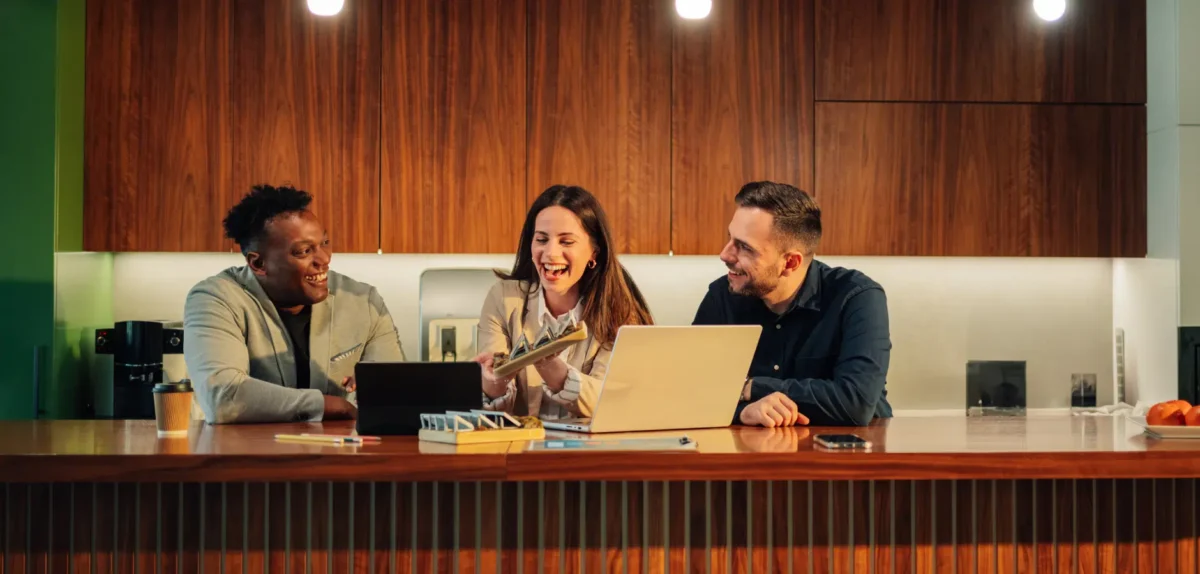Losing a customer can feel like a breakup. You put in the time and effort to get to know your customers and make them feel special. However, before you know it, they’ve left your brand and moved on to another.
Instead of pining away, you can mend the broken relationship with win-back strategies. Sending enticing special offers and asking customers for product and service feedback helps you understand customers’ needs so you can regain their trust and rebuild the relationship.
Why winning back customers matters: it improves customer lifetime value and customer retention
When customers stop interacting with the brand or buying the product, you can implement a customer win-back campaign. This involves identifying the reasons for customer churn in an effort to re-engage previously loyal customers and entice them to buy your product or service again.
Some common ways to get back customers include offering them rewards, incentives, or special offers that encourage customers to purchase more and stay long-term. Brands can also benefit from asking customers for product and service feedback.
Prioritizing lost customers can reduce acquisition costs, increase customer lifetime value (CLV), and strengthen customer relationships, leading to sustained growth and profitability. The Client WinBack Benchmark Study shows that 26 percent of customers return with a win-back campaign and with double the lifetime value. Additionally, research by HubSpot shows that acquiring new customers is five times more expensive than finding existing customers.
Customer win-back strategies that will inspire repeat purchases
1. Identify customers who are more likely to return
Finding customers likely to return after a purchase lapse requires a strategic approach to data analysis. First, segment your customer base to identify behavior patterns and purchasing history. Segmenting your email lists helps you create personalized messages that resonate with each customer—increasing open, click-through, and conversion rates.
How to segment customers
Create segmented lists from shared attributes. Then divide business-to-business (B2B) customers into attributes such as budget, company size, and business needs. For business-to-consumer (B2C) customers, attributes include age, demographics, and purchasing habits. Grouping similar customers makes it easier to send personalized messages at scale.
Another segmentation method is the recency, frequency, and monetary value (RFM) analysis. This method divides customers based on the following:
- Recency: The period since a customer’s last communication or product purchase.
- Frequency: The number of times the customer made a purchase.
- Monetary value: The price or average order value they spent.
Next, assign customers a score based on each of the three factors and use this information to target your most profitable customers.
2. Ask for customer feedback to find out why they left
Now that you’ve identified which customers are worth fighting for, you need to investigate why they abandoned your product. One way of finding these answers is to conduct customer feedback surveys and reviews—these provide valuable insights into their experiences and dissatisfaction.
Ozkan Demir, CEO and Cofounder of Pisano, talks about the effectiveness of customer feedback on the Advocacy Channel Podcast.
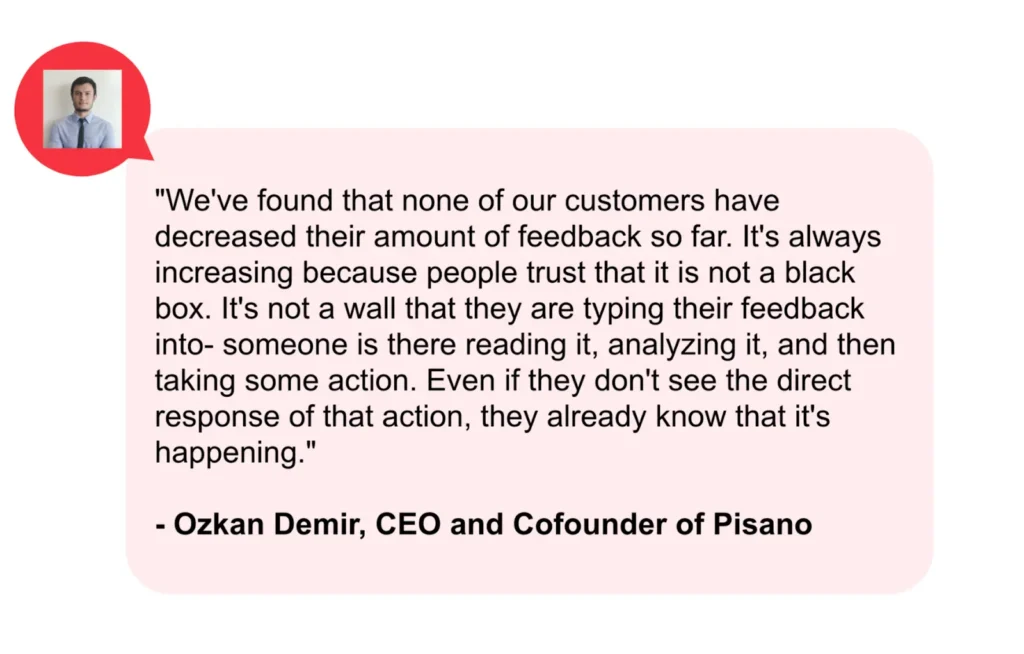
Try to engage with customers where they hang out most. Some popular feedback channels include email marketing forms, in-app surveys, and social media polls. Keep surveys short—lengthy ones may deter customers further. It’s equally important to reach out to current and churned customers. Regularly asking customers for feedback will help you avoid losing customers in the first place.
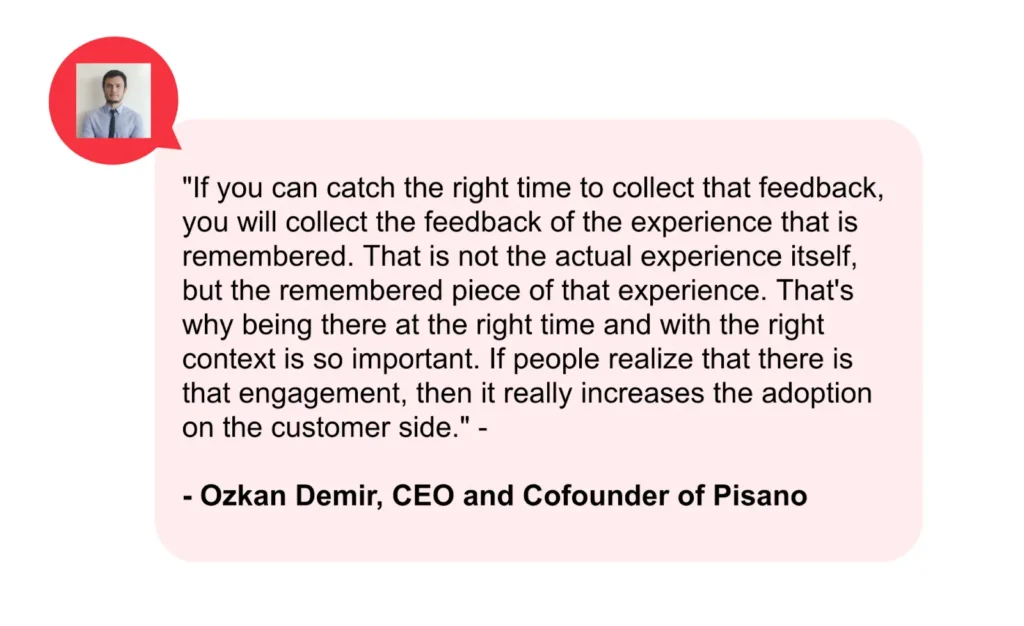
Software comparison website Capterra sent a simple email asking customers to review its platform. To encourage participation, the brand gave the first 250 respondents a $25 digital gift card.
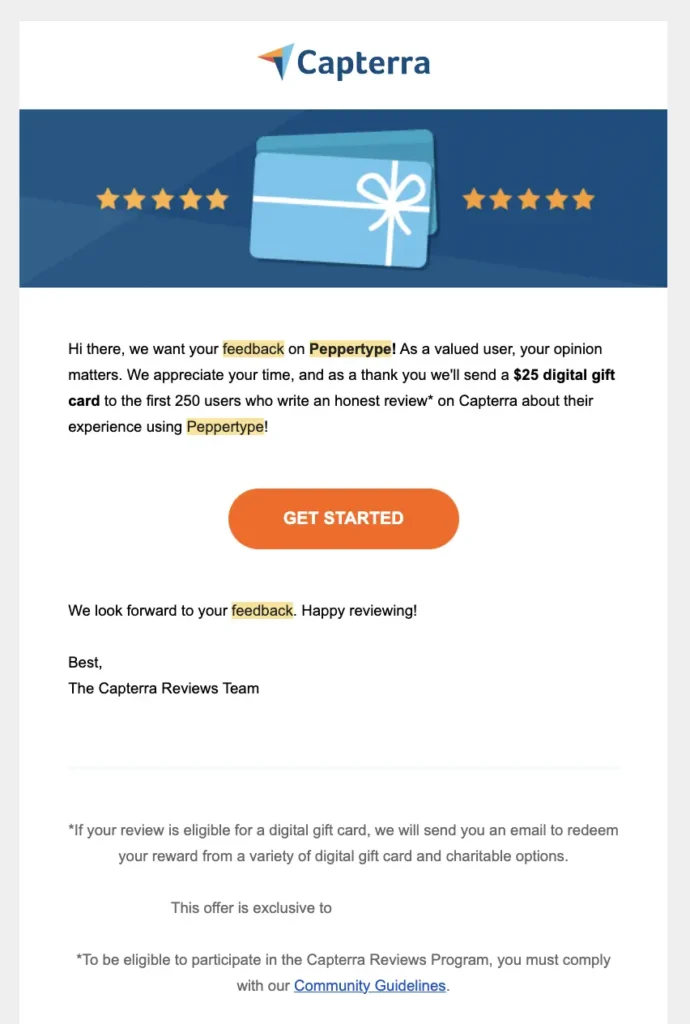
3. Personalize your communication and offers
People are constantly bombarded with generic ads. Your team can personalize your win-back strategy to each customer’s needs and preferences to stand out from the noise. Use the information gathered from surveys, reviews, and customer data to create targeted offers that appeal to individual customers.
Take this email from Chipotle. The restaurant chain offered free guacamole and chips during the customer’s birthday month. This personalized offer makes customers feel special and draws them into the restaurant.
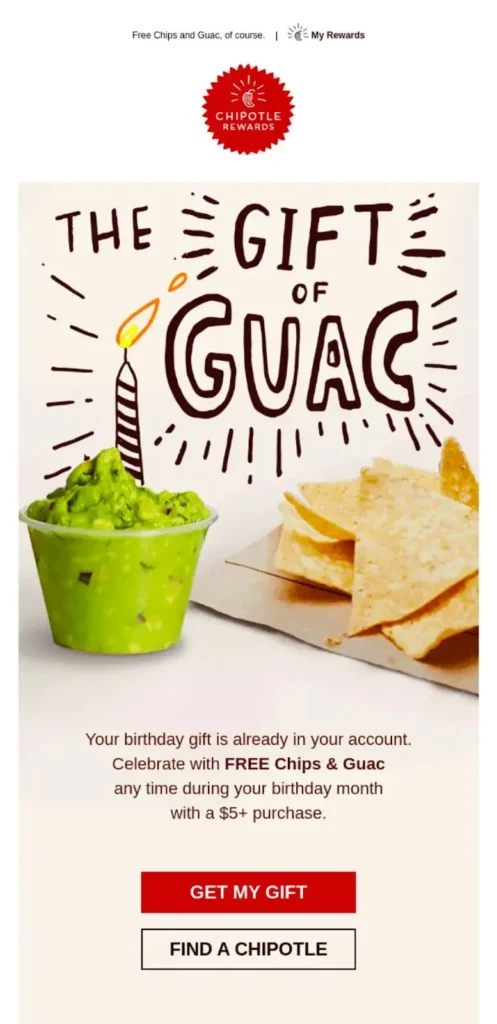
4. Offer a cash or percentage discount
Provide customers with enticing cash or percentage discounts tailored to their previous purchasing behavior. This approach incentivizes dormant customers to return and shows them their business is valued.
Uber Eats sent customers an 80% discount code for any meal on the app. Language like “Final call” and “last chance” creates urgency for the customer to take advantage of the offer before it expires.
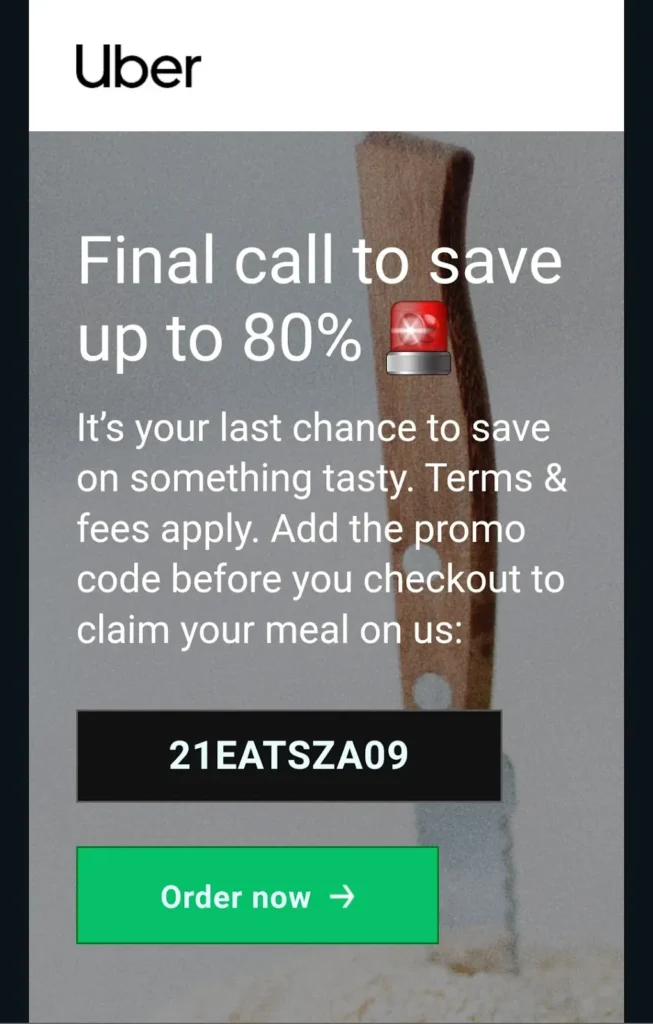
5. Give a free product or subscription to make customers feel valued
Offering a free product or a complimentary subscription shows that you’re confident about your brand and invites customers to rediscover the value of your products. Removing financial constraints and giving customers re-engagement opportunities drives former customers to return and lays the groundwork for renewed trust and loyalty.
For example, Spotify offers customers a free 3-month premium prescription to their music streaming app. Most customers would likely take this deal. Even if the user doesn’t sign up after the free trial, they’ll interact with the brand—increasing the chances of Spotify eventually winning them back.
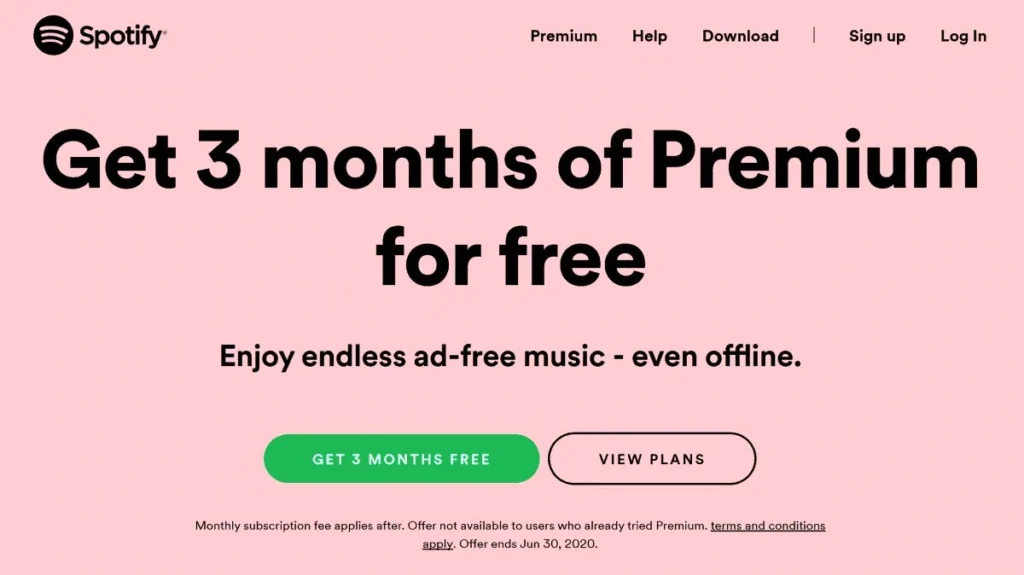
6. Spark their interest with a fun loyalty program
Loyalty programs reward previous customers and re-establish continuous engagement. A study by Bond and Visa found that 64 percent of loyalty program users shop more frequently and spend extra to boost their points.
A tiered loyalty program incentivizes customers with points for each purchase. These points can be accumulated and redeemed for a reward of the customer’s choice. This strategy creates a sense of belonging and value, encouraging previous customers to return. Integrating personalized rewards based on past purchasing behavior enhances the loyalty program’s appeal and makes customers feel recognized and appreciated.
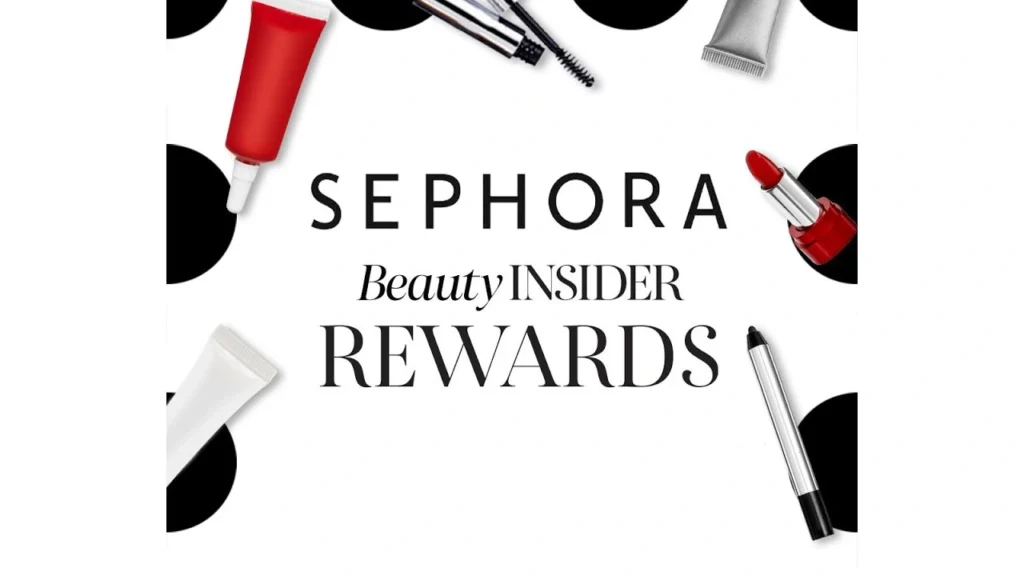
Sephora’s rewards program gives members exclusive access to special deals. Customers earn points that can be redeemed for gift cards, discounts, and in-store beauty tutorials. The loyalty program tackles a key customer pain point—customers pay less for pricey beauty products.
7. Offer an exclusive VIP program to make customers feel special
Offer exclusive perks to your most active customers. When more spending equals higher rewards, brand engagement turns into a habit.
H&M offers customers an exclusive rewards program. The free version gives various rewards and discounts. The paid membership offers additional benefits such as free shipping, pre-access to drops and sales, and special store and brand experiences.
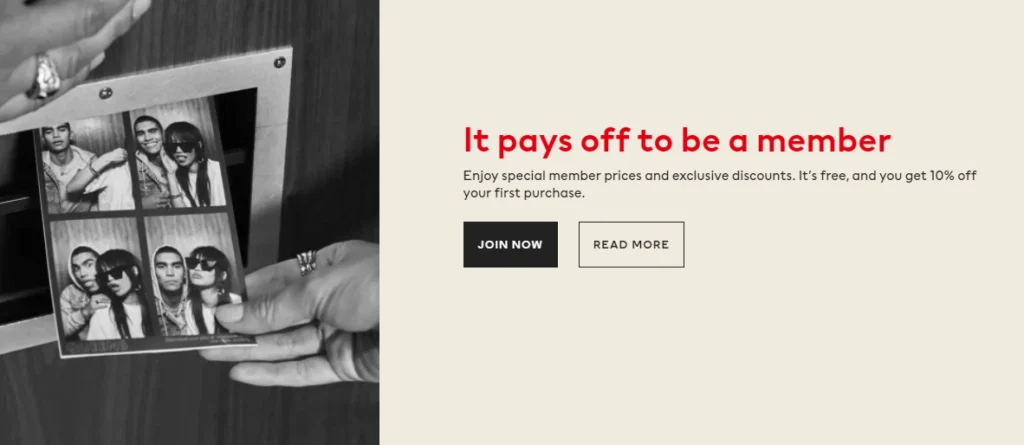
Winning back lost customers creates sustainable business growth
Winning back customers is essential when trying to compete with so many brands. Creating well-defined marketing strategies helps you effectively re-engage lost customers and nurture these relationships.
Tailored communication, consistent customer feedback, personalized offers, and incentives create an environment where customers feel valued. Using these tactics lowers acquisition costs, increases customer lifetime value, and contributes to long-term business growth.
Ready to launch a loyalty program to win back customers? Contact impact.com/advocate for a demo.
FAQs on how to win back lost customers
Customer win-back strategies are targeted marketing strategies that re-engage customers who have stopped interactions or purchases from a brand. These strategies involve understanding the reasons for customer churn, offering tailored incentives, and creating personalized communication to entice former customers to return and remain loyal.
Collecting customer feedback helps you understand why customers left. Surveys and reviews provide valuable insights that can be used to refine win-back initiatives. When you address specific concerns and preferences highlighted by customers, you can create more effective and targeted strategies that resonate with your audience.
Yes, win-back strategies are generally more cost-effective than acquiring new customers. While this strategy may involve certain costs, such as discounts and personalized offers, the cost is usually lower than the expenses needed to acquire new customers. Research by HubSpot shows that acquiring new customers can cost up to five times more than retaining existing ones.
Want to learn more about how referral marketing strategies can grow your business? Check out these resources:
- The state of referral marketing report 2024 [research report]
- Top 6 customer referral marketing trends your brand can leverage in 2024 [blog]
- 7 referral marketing strategies to grow your retail business [+stand-out brand examples] [blog]
- Turn delighted customers into revenue-driving advocates [ebook]
- More than a pop-up: Building a customer referral program that scales [+ the tech that drives it [blog]





